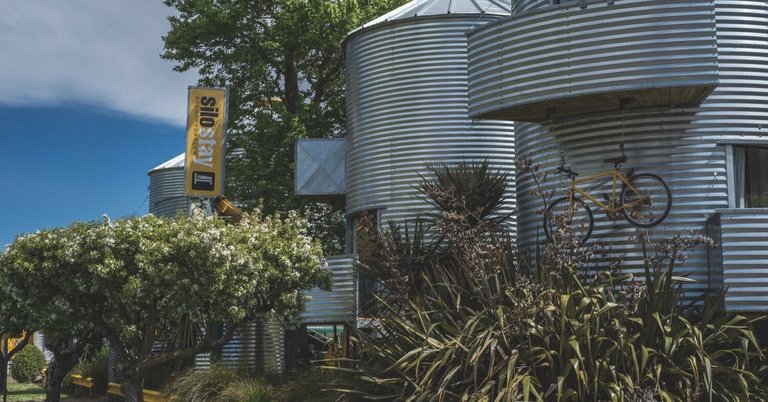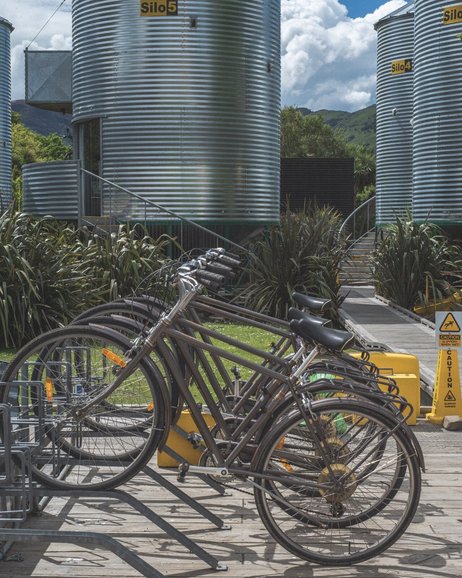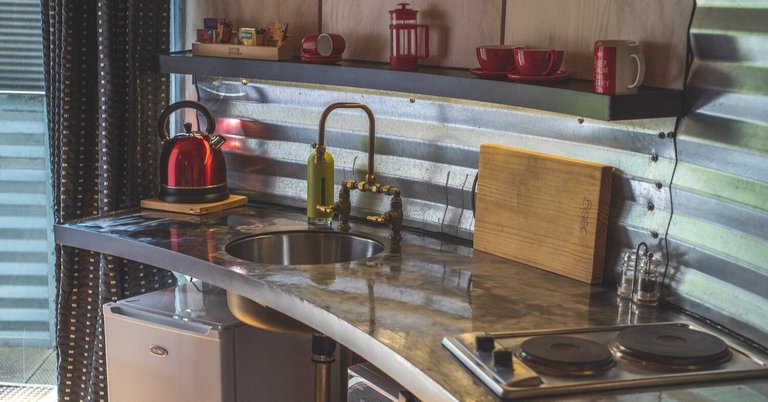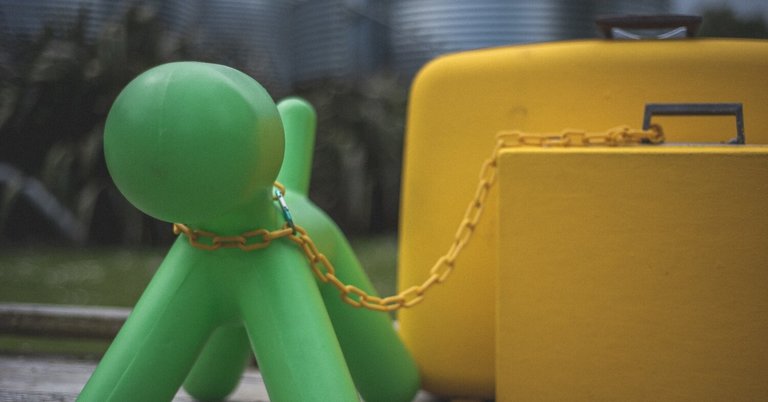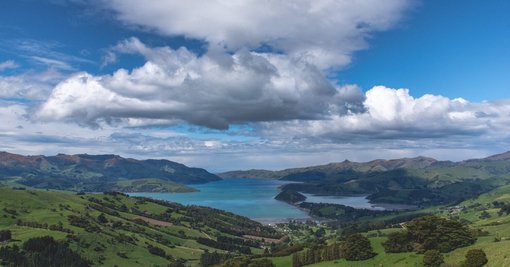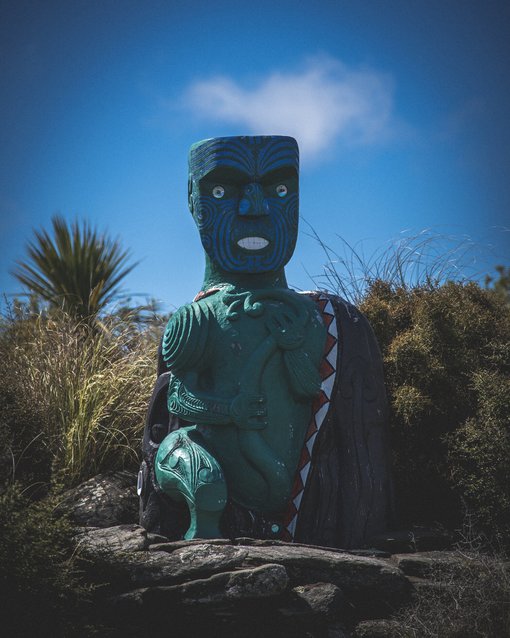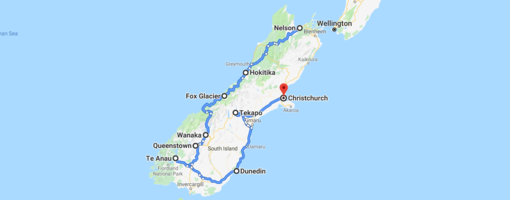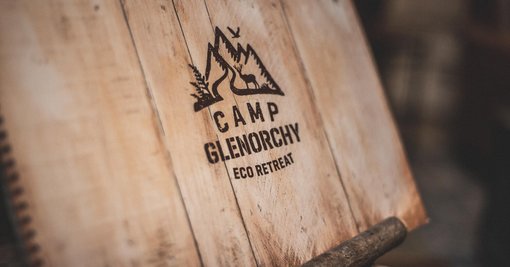While being on the road enjoying the Banks Peninsula we were able to make a stop and check out SiloStay in Little River. SiloStay is a very unique accommodation made out of grain silos. These grain silos are used as an innovative, affordable and ecofriendly boutique accommodation. It’s located just a short drive from Akaroa and many other stunning spots on the peninsula. Founder of this project, Stuart Wright, was able to meet with us for a talk and share all about how his exciting and sustainable accommodation got started.
Going Against the Grain
Stuart and his wife Angela have been living in Little River for about 20 years. They run a nice art gallery called the Little River Gallery, which attracts many people while driving through this little town, to and from Akaroa. Stuart, a creative mind, noticed there were little to no accommodation options in the area and that got him thinking. He had been very passionate about sustainability and the environment for a long time and wanted to create something that would offer an amazing experience while keeping carbon footprint as small as possible. In 2011, prior to the big earthquake that struck the Canterbury region, Stuart embarked on his adventure turning grain silos into an eco-friendly and innovative stay. These grain silos can be found all over New Zealand and are usually surrounded by sheep. But they had never been used like this.
Building after the earthquake came with many obstacles. However, the local council agreed on letting him build one test silo. And it passed the test. Silostay became something new, daring and different; a place where people can escape to while being mindful to themselves and of the environment.
A Familiar Design
SiloStay has eight custom-designed grain silos each able to accommodate two adults. Furthermore, there is one bigger family unit. There is also a small managers unit where the team of SiloStay can work and offer a warm welcome to visitors. Together with F3 Design, an award-winning Christchurch architectural design company, the final design was realized. Each silo is a two-story unit and 8.7 metres high. The top of each silo has a glazed lid giving people a beautiful view on the night sky for some stargazing. It’s very well set up; a beautiful spiral staircase, warm natural wood, a wonderful workable kitchen downstairs together with a living area and toilet. Upstairs you will find the queen-sized bed and bathroom. It has a very spacious feel to it and the small balcony outside the silo offers sweeping views over the quiet valley of Little River.
While designing the grain silo’s sustainability was the number one priority of Stuart and the F3 design team. Each silo is insulated with wool. Wool is known for it’s renewable, biodegradable and recyclable qualities and can be produced organically. The central heating is powered by a gravity-fed wood pellet boiler to heat the complex. The property features LED lighting and offer a Tesla charging portal for electric vehicles. Objects are all sourced locally and re-used in a funny way; retro light switches and a toolbox as a cutlery holder. Rubbish, compost and recycling bins are located in the kitchen. Waste from toilet paper, sewage and food are converted through an eco-friendly Biolytix wastewater treatment via a BioPod. The BioPod nourishes tiger worms that break down the organic material.
Building Strong Communities
SiloStay is a big believer in strong communities and to think local. As of now, they work together with other eco-partners, such as E-bike Akaroa which allows you to explore the Banks Peninsula by bike, along with other package deals. And more eco-partners will be added are to be added, although Banks Peninsula is quite new to this.
Be a Participant
Stuart believes that the simple and sustainable design of these silos can easily be used in all sorts of situations, such as offices and information centres, and hopes to see more of them pop up around the country. Although Stuart is a business-minded guy, jokingly offering us to buy his accommodation, he does not want it to become a big resort. Ideally, he would build maybe three to four silos more at this location. He focusses his marketing mostly towards kiwis, instead of the international market. Stuart believes that local tourism is the future of responsible travel, as this is the most effective way to cut down on carbon emissions. Also, he wants tourists to be less like voyeurs and more like participants: instead of only taking, go ahead and give something back to the community.
